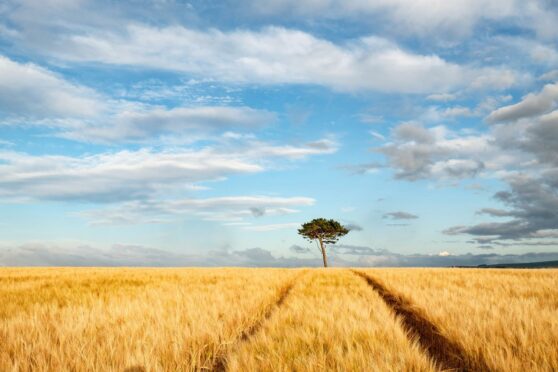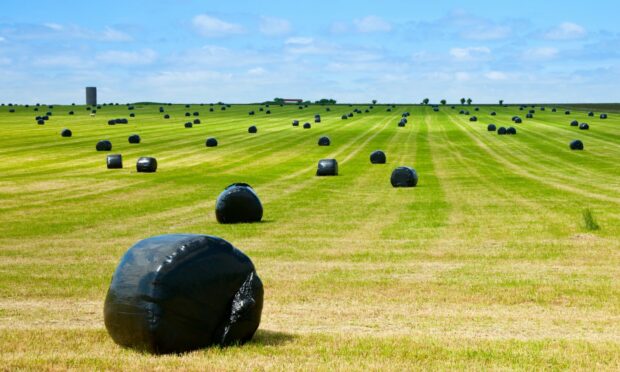Non-farming investors and continued low supply are driving up land prices in Scotland, claims a new report.
The study, published by the Scottish Land Commission, found farmland values in Scotland rose by 31.2% last year. This compares to a 6.2% increase in values across the UK as a whole.
It found poor grazing and grassland values increased by 60% last year, largely driven by forestry buyers, and 40% of all farms purchased in the UK in the past five years were bought by non-farming investors.
Scotland accounted for just over three-quarters – 76% – of the UK commercial forestry market in 2021, as well as 62% of plantable land sales and the value of plantable land increased by 50% in 2020.
The study also looked at the Scottish estates market and it reported that almost half of all estates purchased in Scotland last year were sold to corporate bodies, investment funds or charitable trusts looking to carbon offset or develop large-scale environmental improvement projects.
It found up to one-third of farmland, forestry and plantable land sales, as well as two-thirds of estates sales, occurred off-market.
Purchase prices for Scottish estates were up 119% on 2020, with two selling for more than £20 million and five selling for between £10-20m.
“This report shows what is happening in the rural land market and helps us understand why,” said Scottish Land Commission chief executive, Hamish Trench.
“Emerging carbon and natural capital value is an increasing influence, but other drivers, particularly high timber prices and forestry values remain significant.
“It emphasises that while the amount of land coming to the market has remained largely the same over recent years, demand from different types of buyer has increased significantly, raising prices.”
The report concluded that the land market was likely to continue to experience strong growth due to four factors – continued low supply and high demand for land; high levels of private wealth and corporate interest seeking land’ long-term climate change mitigation drivers including net-zero commitments; and increasing pressure on global timber markets and food supply chains.
Mr Trench said the Scottish Land Commission would hold a series of events and discussions to discuss the findings of the report, which will be used to inform its advice for public policy and and responsible practice.
Scottish Land & Estates welcomed the publication of the report, which was compiled by Scotland’s Rural College (SRUC) in partnership with land agents Savills and Strutt & Parker, and with support from the Royal Institution of Chartered Surveyors.
The landowners’ body’s chief executive, Sarah-Jane Laing, said the report highlighted the diversity of landownership that exists within Scotland.
She said: “It is unsurprising that potential buyers are responding to clear government signals to plant more trees and sequester more carbon as part of a global effort to tackle climate change.
“However, as stated in the report, carbon is only the motivation for some buyers and it is clear that from this small sample of land sales that about half of buyers are acquiring estates and land for other reasons.”
She said reliable evidence on the land market was welcomed and any new policy or regulations must be based on evidence, rather than perception.


